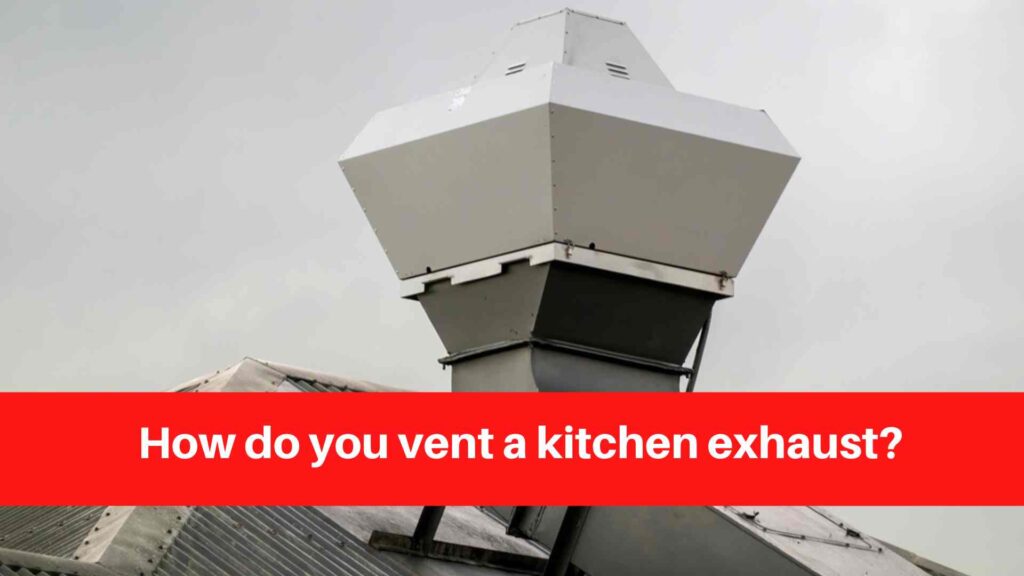The Ultimate Guide to Kitchen Exhaust Venting
Venting your kitchen exhaust is an important part of keeping your kitchen clean and odor-free. However, knowing where to begin can be difficult. Here are some pointers on how to vent your kitchen exhaust.
First, decide on the best location for your vent. The most important factor is to locate the vent near the source of the smoke and odors. You should also ensure that the vent is placed in an area where it will not be obstructed by furniture or other objects.
If possible, venting a kitchen exhaust vertically through the roof is the best option. This is due to the fact that hot air rises, and venting through the roof allow the hot air to escape more easily. This is optional; you can also vent horizontally through a side wall if necessary. It is best to find a good contractor who can properly install your ductwork to ensure a smooth installation. This way, you can be certain that your kitchen exhaust will be properly and efficiently vented.
After you’ve installed your vent, make sure it’s properly vented. The most convenient method is to use a flexible duct connector. This way, you won’t have to drill any holes in your walls to connect the vent to your exhaust fan.
Finally, once your vent has been properly installed and vented, it must be maintained. Clean the filter on a regular basis to prevent grease and debris buildup. If you notice any strange odors or smoke coming from your vent, please contact us.
How to Select the Best Type of Ventilation
Ridge vents, soffit vents, gable vents, and turbine vents are the four main types of vents that can be used to vent your kitchen exhaust. Each type of vent has advantages and disadvantages, so it is critical to select the correct type of vent for your home.
Ridge vents are an excellent choice for homes with steep roofs. They allow hot air to escape from the attic and aid in the prevention of ice dams. Soffit vents are installed beneath the roof’s eaves to allow air to flow into the attic. Gable vents are installed in the house’s gables to allow hot air from the attic to escape. Wind power turbine vents, rotate to release hot air from the attic.
Should You Vent Through the Roof or Wall?
There are two primary methods for venting kitchen exhaust: through the roof or through the wall. Both have advantages and disadvantages, so weigh your options before deciding which is best for your home.
Venting through the roof is typically the more expensive option, but it may be worthwhile if you live in an area where there is a lot of wind or other weather conditions that could cause issues with a wall vent. Roof vents are also more durable and long-lasting than wall vents.
Wall vents, on the other hand, are typically less expensive and easier to install than roof vents. They are also less susceptible to weather damage. If you choose to vent through the wall, use a high-quality vent that has been professionally installed.

